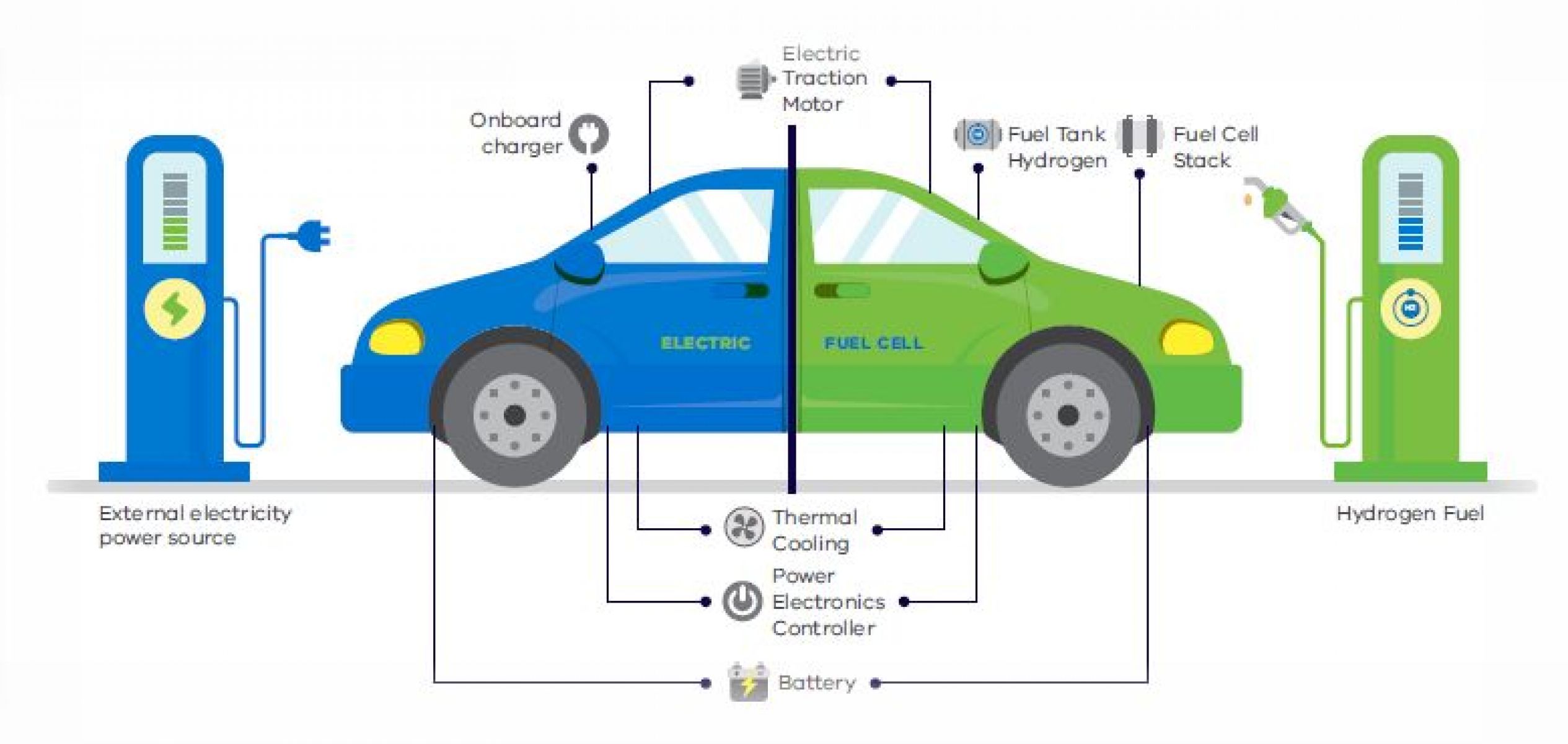On this page:
What is a zero emissions vehicle?
Zero emissions vehicles (ZEVs) do not use petroleum fuels and therefore do not emit greenhouse gas emissions from the tailpipe. Battery electric vehicles and hydrogen fuel cell electric vehicles are examples of these technologies.
Victoria is working to accelerate the adoption of ZEVs to ensure a timely transition to net-zero emissions by 2045.

Why zero emissions vehicles?
The transport sector is one of the biggest (and growing) sources of greenhouse gas emissions. It accounts for 25% of Victoria’s total carbon emissions.
Switching to ZEVs can:
- significantly reduce emissions
- reduce the amount of air pollution, making our cities and towns more liveable.
ZEVs will interact closely with our electricity system. They will change when and how we use and access the electricity grid or our own household solar systems. ZEVs could also potentially provide new, mobile forms of energy storage.
Victoria’s goal is a fully decarbonised road transport sector by 2045. This will bring enormous benefits for Victoria beyond emissions reduction, including
- industry development
- new jobs
- lower transport costs
- improved air quality
- enhanced community wellbeing.
Zero Emissions Vehicle Roadmap
By 2030, we’re aiming for half of all light vehicle sales in Victoria to be zero emissions vehicles. Our roadmap outlines how we plan to achieve this goal.
It positions the state to take full advantage of the emerging global shift toward this exciting technology.
The Zero Emissions Vehicle Roadmap is supported by a range of policies and programs, including:
- Australia’s first public Zero Emissions Vehicle Subsidy Program – now closed. Over the duration of the program just under 10,000 ZEV subsidies were delivered;
- the roll-out of electric vehicle (EV) charging infrastructure across regional Victoria and support for charging of EV fleets;
- a ZEV public transport bus trial and a target for all new public transport bus purchases to be ZEVs from 2025;
- the establishment of a Commercial Sector Zero Emissions Vehicle Innovation Fund.
Other actions we’re taking to remove barriers to the uptake of ZEVs include:
- working with the Commonwealth and other states and territories on the implementation of the National Electric Vehicle Strategy;
- advocating for strong national fuel efficiency standards;
- supporting further reforms to the National Construction Code to make new buildings EV-ready;
- providing online tools and guidance to increase public awareness and promote uptake of ZEVs;
- commencing work on an industry development and transition plan. It will explore ZEV manufacturing, maintenance, repair and recycling opportunities.
The Zero Emissions Vehicle Roadmap is a whole-of-Victorian-Government exercise. It is closely linked to the Climate Change Strategy and our interim greenhouse gas emissions targets.
Acceleration of Zero Emissions Vehicle Adoption Programs
This initiative includes the following suite of programs:
- charging infrastructure grants (both government and business fleet charging)
- a feasibility study
- technology demonstration grants.
The programs
Page last updated: 09/04/25
